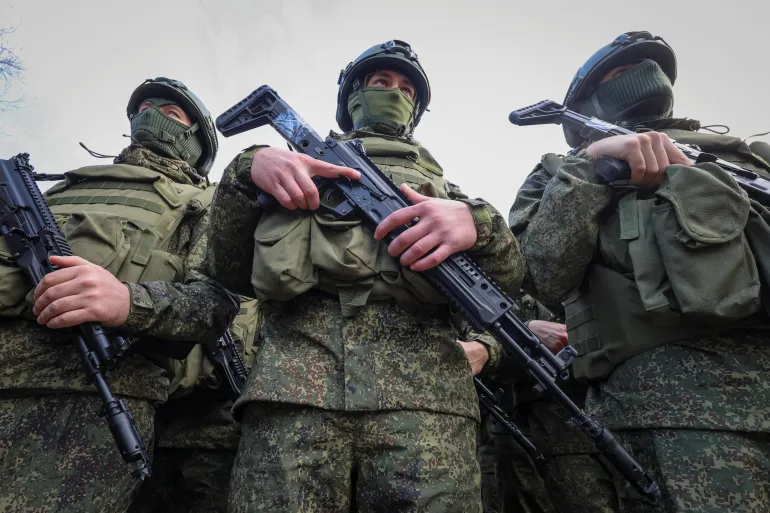Russian military forces increased their offensive operations by 19% in May compared to April, according to data from DeepState, a Ukrainian open-source project that tracks real-time military operations.
Data from DeepStateUA shows that Russian forces carried out an average of 183.6 assaults per day in May. In contrast, April saw a daily average of 154.8.
In April, Russian troops exceeded 190 assaults per day only twice. However, in May this threshold was crossed on thirteen separate days. The single most intense day came on 4 May, when Russian forces launched 269 assault actions.
However, the increased attack frequency contrasts with declining territorial gains and high casualty rates. The Institute for the Study of War estimates Russian territorial advances dropped from approximately 627 square kilometers in November 2024 to roughly 203 square kilometers in March 2025.
The ISW assesses that Russia lacks sufficient manpower and resources amid growing personnel losses and a deepening recruitment crisis for a successful large-scale offensive operation in Sumy.
Nevertheless, Russian troops continue their advance, increasing their use of small, mobile assault groups on motorcycles and quadbikes to evade Ukrainian drone strikes.
Earlier, Volodymyr Zelenskyy warned that Moscow is amassing over 50,000 troops near Ukraine’s northeastern Sumy Oblast, where Russia reportedly intends to establish a 10-kilometer “buffer zone” inside Ukrainian territory along the border with Russia’s Kursk Oblast.
At the end of May, Commander-in-Chief of the Armed Forces of Ukraine Oleksandr Syrskyi also reported that Russian army activity significantly increased on the Zaporizhzhia direction, where active offensive operations are underway.
At current territorial gain rates and casualty levels, the Institute for the Study of War estimated it would take over 80 years for Russia to capture remaining Ukrainian territory.




